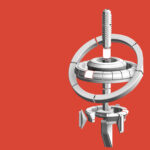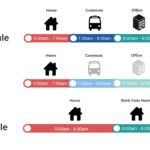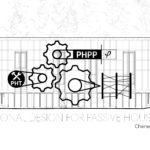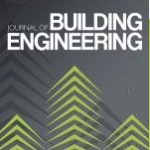
This investigation was conducted for a conceptual design competition, specifically focusing on the design of a therapeutic community for space travel. The competition encouraged innovation by asking participants to solve challenges anticipated in the future delivery of healthcare without the usual restrictions tied to budget, schedule, and codes. This research focused on Translational Medicine, or... Read more »











